1. The beauty that became a beast

Lionfish are strikingly beautiful, with bold stripes and feathery fins that make them a favorite in home aquariums. But in the Atlantic, their beauty masks a destructive reality. Native to the Indo-Pacific, lionfish introduced here have no natural predators. They thrive in coral reefs, mangroves, and seagrass beds, multiplying unchecked. Their introduction wasn’t intentional, but once established, their rapid spread has devastated reef ecosystems. The contrast between their ornamental allure and their ecological havoc makes them one of the most fascinating and frightening invasive species of our time, showing how beauty can sometimes hide destruction beneath the surface.
2. Hurricane Andrew’s rumored role

Hurricane Andrew, which devastated South Florida in 1992, is often cited as the trigger for the lionfish invasion. Some say aquariums shattered in the storm, releasing lionfish into Biscayne Bay. Others believe frustrated pet owners, unable to care for their exotic fish, dumped them into the ocean. While scientists can’t confirm the exact story, sightings of wild lionfish in Florida waters appeared shortly after the hurricane. What is certain is that a handful of fish were enough to establish a breeding population. Nature doesn’t need much, especially when the species is perfectly built to spread fast and thrive anywhere.
3. Aquarium trade origins
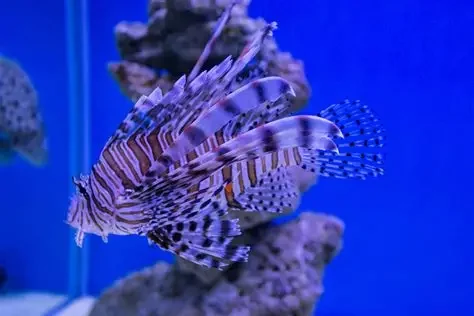
Beyond the hurricane legend, many experts believe the true origin of lionfish in the Atlantic lies in the aquarium trade. Exotic fish ownership boomed in the 1980s and 1990s, and lionfish were especially popular because of their stunning looks. Unfortunately, when owners could no longer care for them, releasing them into local waters became the easiest option. Unlike other tropical fish that perish in colder climates, lionfish proved remarkably hardy, surviving and breeding in warm subtropical waters. Their resilience, combined with human carelessness, laid the groundwork for what has become one of the ocean’s most persistent environmental crises.
4. Baby machines of the reef
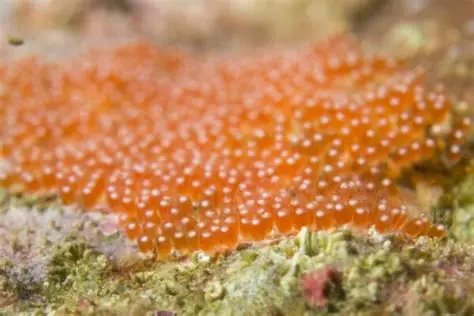
Lionfish are reproductive powerhouses. A single female can produce 30,000 eggs every four days, totaling over two million per year. These eggs float in gelatinous masses that drift with currents, spreading offspring across great distances. The larvae settle onto reefs, grow rapidly, and reach maturity within a year. This fast reproductive cycle means that even if one population is controlled, others quickly take their place. It’s like fighting a fire that keeps reigniting. Without predators to slow them down, lionfish reproduction continues to fuel an invasion that has proven almost impossible for humans to contain or reverse.
5. Venomous, but not poisonous to eat

Lionfish spines are venomous and can deliver a sting so painful it’s been compared to hot metal burning the skin. Swelling, nausea, and dizziness often follow, making divers cautious when handling them. Yet their flesh is completely safe and delicious once the spines are removed. In fact, lionfish meat is becoming a prized delicacy, praised for its light, flaky texture. Campaigns like “Eat ‘Em to Beat ‘Em” encourage people to reduce populations by eating them. What was once feared is now showing up in tacos, ceviche, and fine dining, turning a threat into something surprisingly tasty and useful.
6. The perfect predator
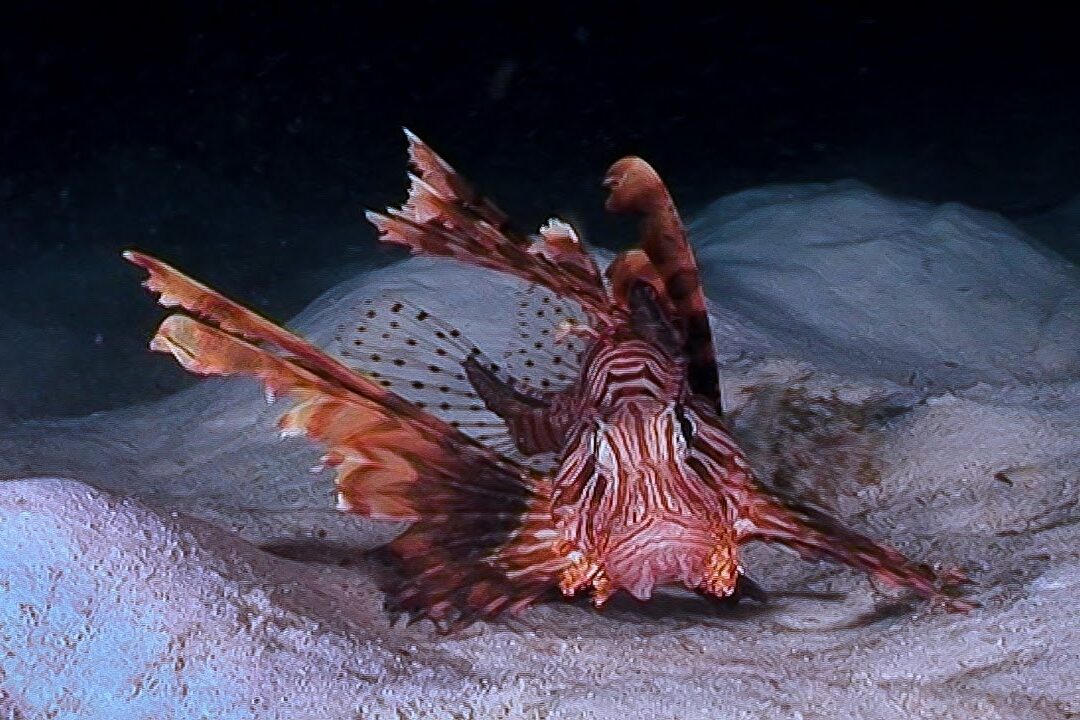
Lionfish are efficient hunters, using stealth and precision to ambush their prey. They spread their large, fan-like fins to trap small fish and crustaceans, then strike with incredible speed. Studies show they can reduce juvenile fish populations by up to 90 percent in certain reefs. They eat more than 70 different species, including parrotfish, which help control algae on coral reefs. Without these grazers, reefs begin to decline, and the entire ecosystem suffers. Lionfish have adapted to eat almost anything small enough to swallow, making them one of the ocean’s most unstoppable and destructive invasive predators.
7. No natural enemies here
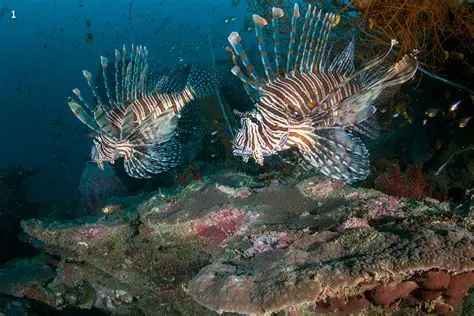
In their native Indo-Pacific, lionfish face predators such as groupers, sharks, and large eels. But in the Atlantic, native predators don’t recognize them as food. Their venomous spines also discourage potential hunters. This leaves lionfish populations completely unchecked, spreading from Florida through the Caribbean and into South America. Some experiments have tried teaching predators to eat lionfish, but the results are mixed. Until a natural predator adapts, lionfish remain largely untouchable. The only consistent predator is humans, but unlike sharks or groupers, people must actively choose to hunt them, which makes population control a constant uphill battle.
8. Range without limits
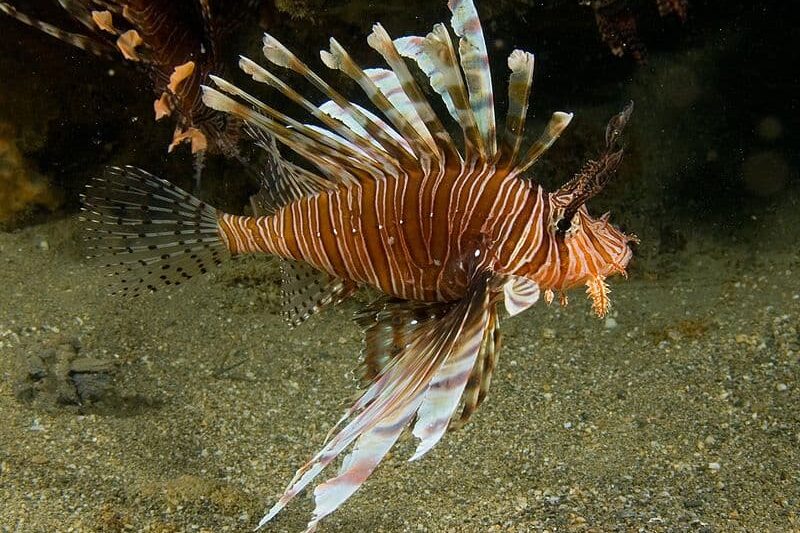
Lionfish aren’t confined to shallow reefs. They’ve been found thriving at depths of over 1,000 feet, far beyond where divers can reach. These deepwater populations act as hidden reservoirs, constantly replenishing the shallows even after removals. Their range is also expanding, with sightings as far north as New York and as far south as Brazil. Lionfish can survive in coral reefs, mangroves, seagrass beds, and even artificial shipwrecks. Their incredible adaptability means they’re not just surviving in the Atlantic but steadily conquering it, proving how invasive species can reshape entire ecosystems across vast geographic boundaries.
9. Ecological wrecking ball

Lionfish consume staggering amounts of reef fish, including juveniles that are vital to maintaining healthy marine populations. They feed on species important to commercial fishing, like snapper and grouper, as well as reef-cleaning species such as parrotfish. By removing these essential players, lionfish disrupt the natural balance of entire ecosystems. Coral reefs, already under threat from warming seas and pollution, now face additional pressure from overgrown algae and dwindling fish stocks. This cascade effect shows how one species, introduced by accident, can destabilize an entire underwater world that took millennia to build and balance.
10. Divers to the rescue
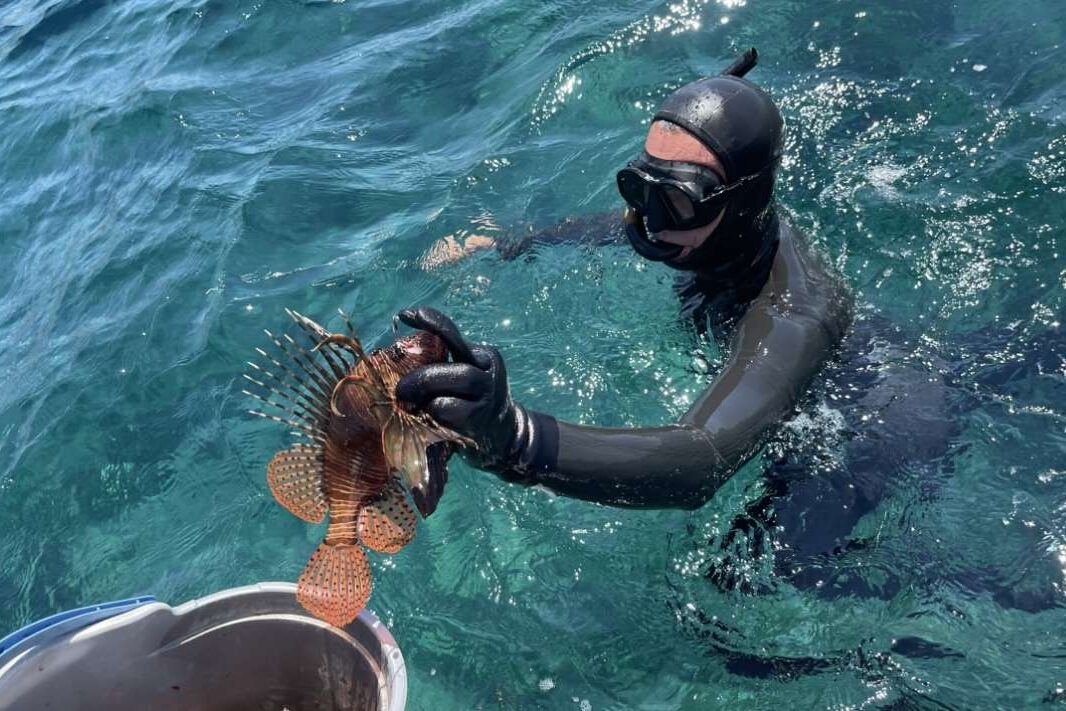
Because no natural predators target lionfish, humans have stepped up. Across the Caribbean and Atlantic, divers take part in lionfish derbies, competitions to spear and collect as many lionfish as possible in one day. These events help control local populations, raise awareness, and even supply seafood markets. Spearfishing remains the most effective removal method in shallow waters, though it requires ongoing effort. Without constant hunting, lionfish quickly return. Still, these community efforts have become vital defenses, bringing together conservation, adventure, and purpose in the shared mission to protect fragile reef ecosystems.
11. From menace to menu

Conservationists are finding creative success in rebranding lionfish as food. Campaigns encourage chefs to serve it, and diners are discovering its mild flavor and versatility. From tacos to gourmet entrees, lionfish is now appearing in restaurants across coastal regions. This growing demand creates economic incentives for fishermen to harvest it, turning an ecological burden into opportunity. The “Eat ‘Em to Beat ‘Em” movement captures this idea perfectly. While eating lionfish won’t eradicate them, it offers a sustainable way to manage populations and reminds us how clever solutions can turn even problems into progress.
12. Painful but rarely deadly
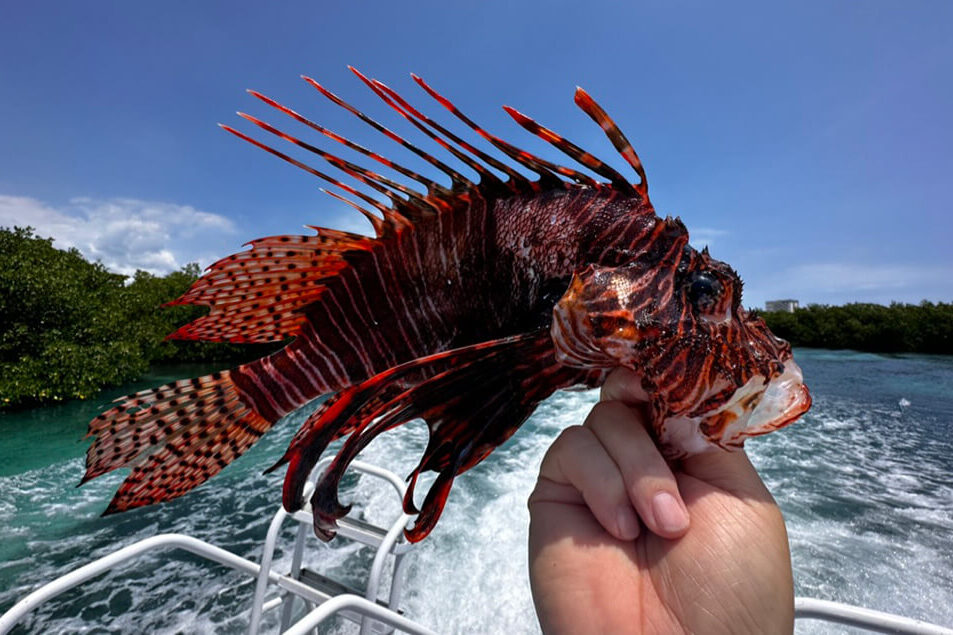
Lionfish stings are infamous among divers, but while extremely painful, they are rarely life-threatening. The venom causes burning pain, swelling, and sometimes nausea or dizziness. Treatment usually involves soaking the area in hot water to break down the venom proteins. Serious complications are rare, though secondary infections can occur. Despite their fearsome reputation, lionfish are more nuisance than danger to humans. The real threat lies in their environmental impact. Still, their sting serves as a painful reminder of how nature defends itself, even in creatures whose biggest impact isn’t their bite but their presence.
13. Robots join the fight
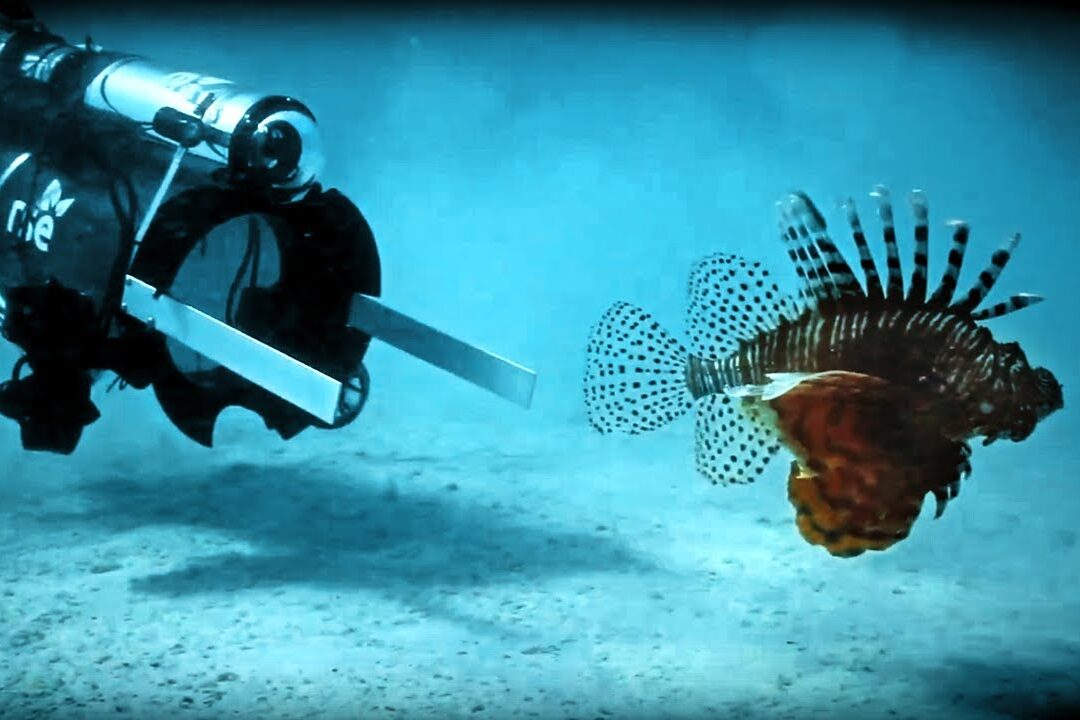
While divers are effective in shallow reefs, they can’t reach the deeper zones where lionfish also thrive. To help, engineers are developing robotic lionfish hunters. These underwater drones are equipped with cameras and spear-like arms to locate and capture lionfish in hard-to-reach areas. Some prototypes use suction systems to safely trap them. Although still experimental, robotic removal could become key for controlling deepwater populations. It’s a striking blend of technology and ecology, proving how innovation can meet nature head-on in unexpected ways when humans decide to fight for balance beneath the waves.
14. Creative traps and tools
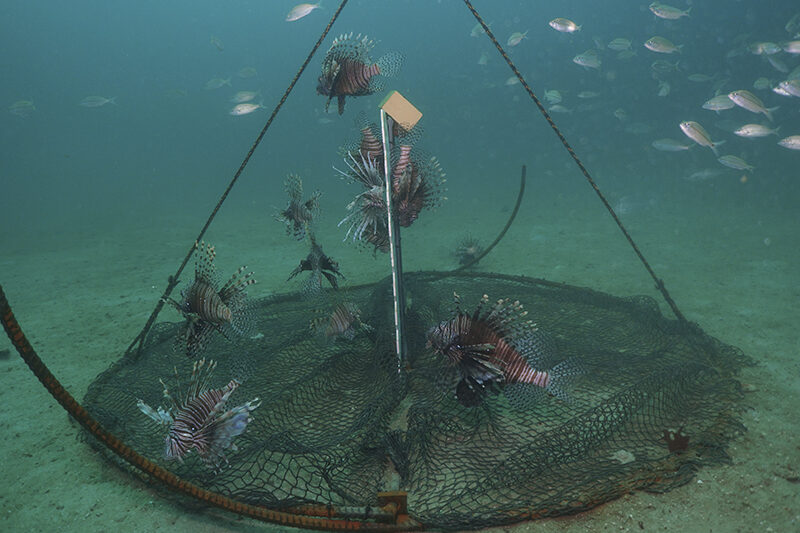
Beyond robotics, new tools are being designed to catch lionfish without harming reefs. Specialized traps attract them while preventing other fish from being caught. These traps could allow deeper-water harvesting and even commercial fishing opportunities. Divers also use modified spears and portable zapping tools to make removals faster and safer. Every invention reflects the urgency of tackling the invasion. Traditional fishing methods simply can’t keep up, so creative thinking has become our greatest weapon. Humanity’s ingenuity is once again being tested by nature’s adaptability, and the race for control is far from over.
15. A global cautionary tale

The lionfish invasion is a living lesson in how small human actions can spiral into enormous consequences. A few aquarium releases decades ago have reshaped marine life across two continents. Without natural predators, adaptable species like lionfish can spread rapidly, outcompeting native wildlife. It’s a pattern repeated in other regions, from pythons in Florida to zebra mussels in the Great Lakes. Lionfish stand out because of how quickly they’ve transformed their new environment. Their story is a cautionary tale that prevention is always easier and cheaper than reversing the damage once an invasion takes hold.
16. Hope through awareness
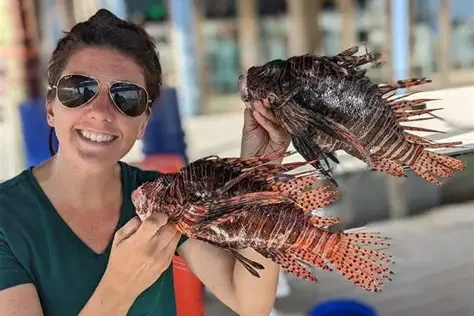
Public awareness has grown significantly over the years. Once admired for their beauty, lionfish are now recognized as one of the Atlantic’s biggest ecological threats. Education programs and social media campaigns encourage divers, chefs, and even consumers to play a part in reducing their numbers. Stories of hunts and lionfish recipes are shared widely, creating a cultural movement around conservation. Awareness alone won’t solve everything, but it sparks engagement and accountability. When people care and take action, communities become stronger stewards of the ocean and the creatures that call it home.
17. The power of collaboration

Managing lionfish isn’t a local effort but a global mission. These fish cross borders freely, from the United States down through the Caribbean and into South America. Governments, researchers, NGOs, and local communities are joining forces to coordinate removal and share data. Regional derbies, research summits, and cross-country programs are emerging as unified responses. Collaboration is key, and every participant adds strength to the movement. While one diver’s spear might not change much, thousands working together can make a visible difference in preserving the underwater ecosystems we all depend on.
18. From invader to opportunity
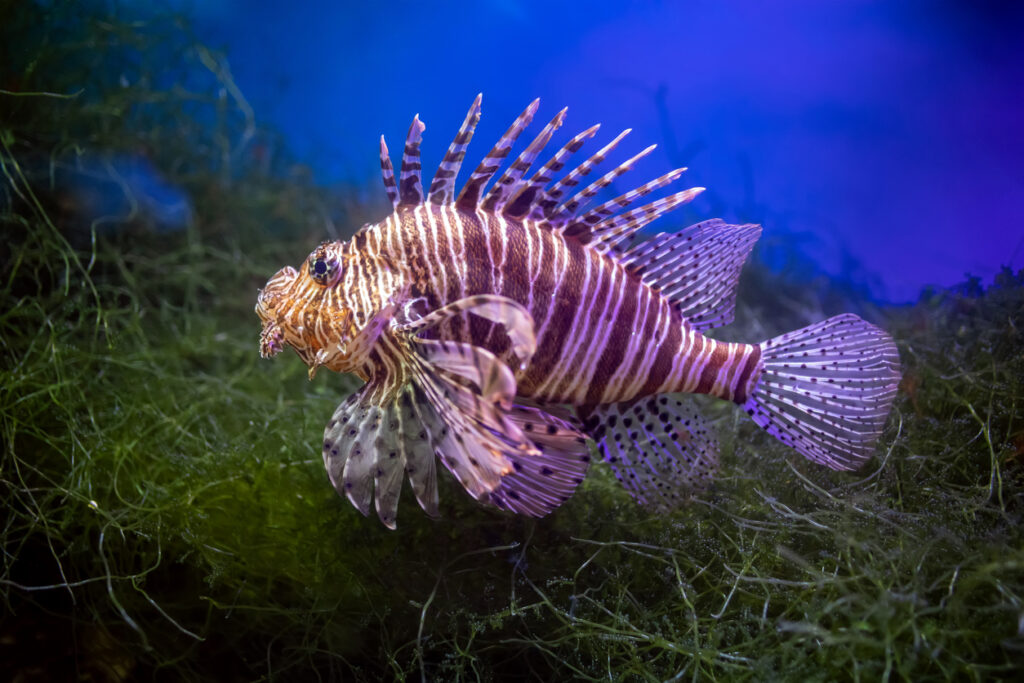
Though devastating, the lionfish invasion has opened unexpected doors. Coastal communities are creating businesses around harvesting and selling lionfish, turning ecological cleanup into entrepreneurship. Divers find purpose in protecting reefs, while chefs discover new flavors. Educators use lionfish as real-world examples of balance, responsibility, and adaptation. It’s proof that humans can learn even from their mistakes. With awareness, effort, and creativity, we can turn environmental disasters into stories of resilience. Perhaps, in time, lionfish will stand as a reminder that balance lost can still be restored through unity, wisdom, and hope.
This story 18 Wild Facts About the Lionfish Invasion was first published on Daily FETCH


